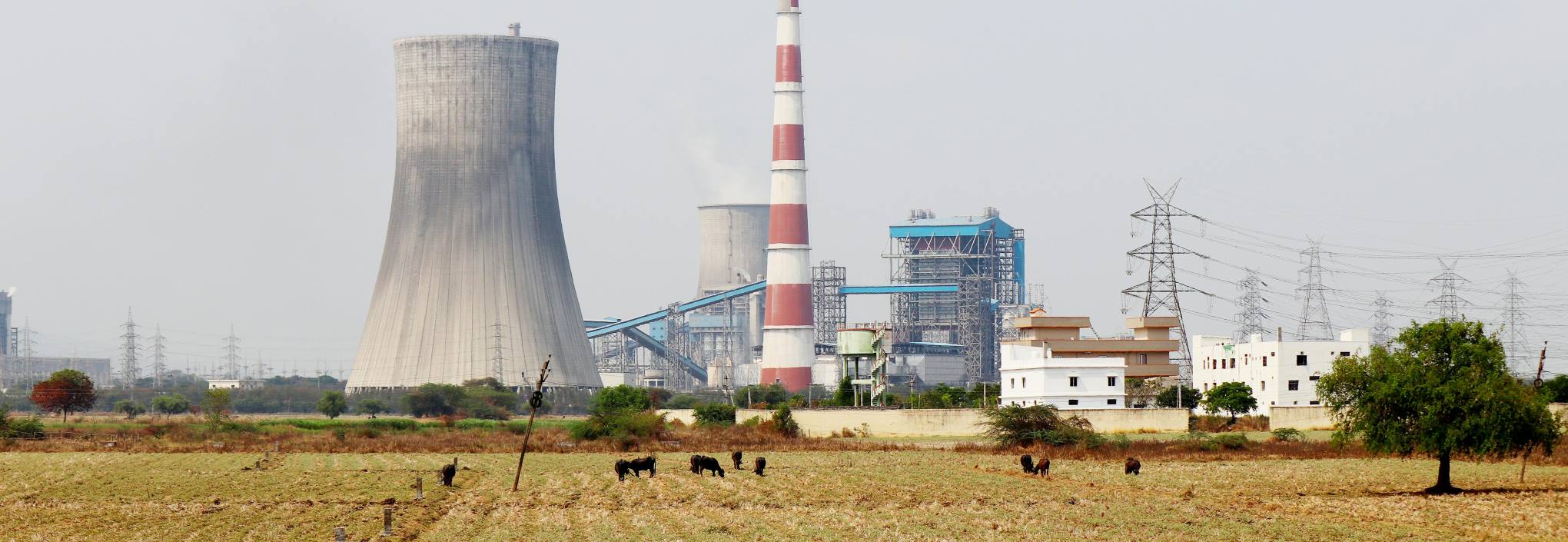Farmers are battling floods, droughts, wildfires, and scorching heat caused by climate change. Yet their industry remains one of the major contributors to greenhouse gas emissions. Regenerative agriculture is the widely advocated solution. But how can it do enough to help save fight climate change and save us from the climate and environmental crisis?
As commonly practised and promoted by companies like McCain Foods and General Mills, regenerative agriculture differs little from conventional approaches. Farmers improve their soils and reduce consumption of agrochemicals by prioritising organic and biological inputs and using practices like minimum till, cover crops, and rotational grazing. But otherwise, they remain dependent on mechanisation and external inputs to maintain simple production lines that mass produce crops, meat, or dairy products.
Like most of our efforts to resolve the climate and environmental crisis, it’s business-as-usual down on the farm!

Tweaking our cropping, grazing and horticultural systems won’t sufficiently restore the 133 gigatons of carbon lost from agricultural soils. Or the loss of biodiversity. In Europe, farmland birds have declined by 58%, and insect species globally by 40%, including many responsible for pollinating our crops.
Tweaking our food production systems also won’t adequately reduce the off-farm impacts from the energy and resources consumed and damage caused by mining the raw materials for tractors, quad bikes, drones, and other equipment. Nor will it build the resilience needed to maintain farm incomes and food supplies with the extreme weather we now experience.
Farmers choosing to be at the leading edge of the regenerative movement look more critically at their production systems. For practical and ethical reasons, they extend the regenerative principles beyond “don’t disturb the soil, keep it covered and with living roots” to include growing diverse crops and integrating livestock.
Yet the focus remains on changing farming practices to improve indicators of poor growing conditions rather than understanding and tackling the underlying systemic problems. Common issues like compacted soil, low organic matter levels, poor water infiltration, nutrient deficiencies and insect pest damage are simply the consequences of growing food in poorly functioning ecosystems.

Agricultural Production Systems
Agriculture can help fight climate change and become a climate change solution by improving the functioning of the ecosystems within our food production systems. These repairs will enable the efficient use of solar energy, the recycling of water, nitrogen, carbon and other nutrients and the provision of environmental services.
Farmers will benefit by solving most of their challenges with growing food. Like any production system with well-maintained parts, they’ll experience fewer product quality issues and breakdowns, especially when weather conditions aren’t ideal. Less dependent on soil cultivation, commercial pest controls, fertilisers, other external inputs, and the equipment needed to apply them, they’ll reduce their operating costs, carbon emissions and environmental footprint within and beyond the farm gate.
We’ll all benefit from the free services functioning ecosystems provide. Imagine the difference. We will transform our agricultural landscapes into vibrant, complex ecosystems sequestrating carbon, growing nutritious food and supplying environmental services, such as biodiversity, improved water quality, and flood mitigation, as natural by-products.
Considering these benefits, it’s strange that we’re not seeing a rapid agricultural transformation, especially as the approach is not new. It’s been tried, tested, and proven effective by farmers worldwide using time-honoured traditional and innovative new practices.
I think the explanation lies in how many of us perceive the world. Most Westerners see the world as made up of individual things, each with discrete properties rather than relationships. We tend to focus on improving the properties of specific elements instead of the functional connections between the parts of the system. This handicap explains why we habitually concentrate on improving the symptoms of poor soil rather than repairing our soil ecosystems. It explains why we control problematic insects rather than build beneficial connections, creating pest-resistant landscapes. For many years, even though I should have known better as an ecologist, I fell victim to this approach!
While we talk about restoring the ecosystems within our fields and orchards, when it comes to getting practical, the focus is still usually on improving the parts rather than the system itself. For example, the reasons listed for growing cover crops include maintaining a cover of living plants, keeping living roots longer in the soil, reducing soil erosion, increasing biodiversity, water infiltration and storage, and improving soil health. But they don’t single-handedly improve the health of our soil or its capacity to absorb and store water! Functioning soil ecosystems are needed to do this. Cover crops provide food for soil organisms – the experts at repairing soil ecosystems.

Whatever the explanation for our neglect of the ecological parts of our food production systems, the time has run out for tweaking. We need to recognise the essential role ecosystems play in food production and transition from production lines, mass-producing crops, meat, or dairy products to production systems reconditioning their ecological systems.
We need to grow food eco-logically. Some farmers have already applied their ingenuity and investments to devise ways to do this. Examples include elucidating the mechanics of pastured cropping and regenerative grazing, creating decision-making tools to select plant species for cover crops and designing agroforestry systems.
However, we can’t leave the task to farmers. Battling one extreme weather event after another, they are going to need help. Like the Chinese restoring the Loess Plateau, an area almost the size of France, and Ethiopians regreening across one-sixth of their country, this work requires all of us to work together, utilising local expertise, appropriate technology and science to learn from Nature.
© Featured image – Photo by Sharath G
